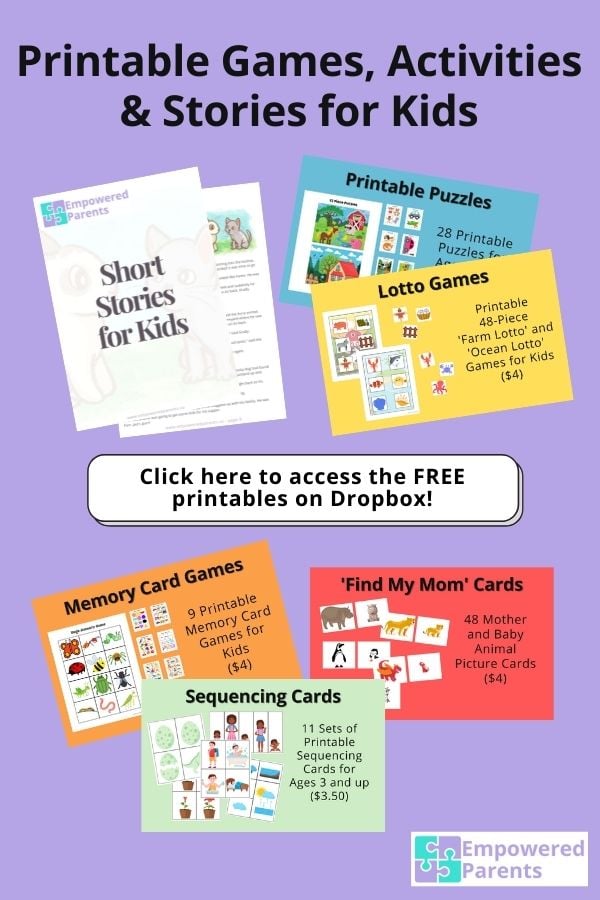Funny Children Playing in the Sandbox

If your children come home from preschool filthy from head to toe every day, that's could be a sign they've been engaging in sandplay. It's also a sign they've been learning!
Sand play benefits children in so many ways, it should be a regular activity in their lives.
A friend commented the other day that every time she fetched her daughter from school she found her in the sandpit. "At least she's having fun," she commented.
"And learning huge amounts," I responded, to which she gave me a puzzled look and said "Really?"
This got me thinking. Parents know their children are learning at preschool but, since childhood learning is so well disguised as pure fun, they may not realize just how much learning is happening during play.
"Having fun" is not a break from learning – it is learning!
Children are not only learning during theme discussions, or when learning numbers and letters. They are in fact learning non-stop during play. During the first 6 years, they learn more maths in the sandpit and the bath than they do in a lesson on numbers.
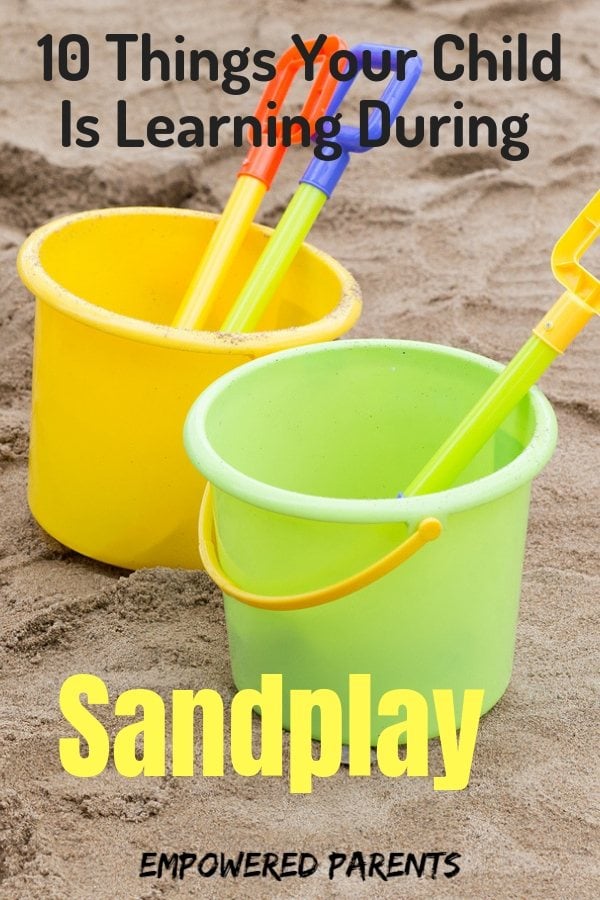
So, how does a sand pit help a child's development? Apart from the fact that sand play is highly therapeutic and relaxing, there are also many educational benefits.
There is no need to plan any sandpit activities in the early years – just make sure that sand and some toys/equipment are often available and let your child use his imagination for the rest.
Read on for the 10 vital skills that are being developed during these fun messy play sessions.
The Benefits of Sand Play
These are some of the reasons why sand play is important.
Watch the short video or read the reasons below.
1. Number Concept
Your child does not develop a concept of numbers when they start learning formally in kindergarten or Grade 1. This concept has been developed in play, long before they can understand that the symbol 1 stands for one item.
When a child makes a mud pie, they develop an understanding of one object (as well as no objects). They can conceptualize that their friend also has one object.
Perhaps a friend joins and they decide to make another mud pie – one for each of them. This is called one-to-one correspondence and is necessary to be able to learn to count reliably.
They then start to make multiple objects. When one collapses or gets broken down, there is now one less. They compare how many objects they have with how many their friends have.
This is called incidental mathematical learning. They don't really know they are analyzing the amount but do it naturally.
By the time a child learns numbers formally, they should have had enough play experiences that they are then able to hold an abstract idea of, for example, 2 + 3. This comes from many years of play!
Without understanding what numbers actually represent, the numbers themselves are meaningless.
Children also learn to compare, analyze and measure things informally in the sandpit.
2. Capacity and Volume
Capacity is one of the major early maths concepts that is learned in the sandpit.
The act of pouring sand (or water) in and out of containers gives children a thorough understanding of volume and capacity. Simply by adding some containers, buckets or measuring cups, your child will experiment and learn.
Through play, children develop skills such as:
- Comparing how much sand is in two identical containers
- Comparing two different sized containers with the same level of sand
- Discovering how many cups/spoons of sand it will take to fill a bucket/bigger container
- Comparing which container has more/less sand
- Discovering whether a container is full/empty/half full
- Pouring out some sand and noticing the level has dropped
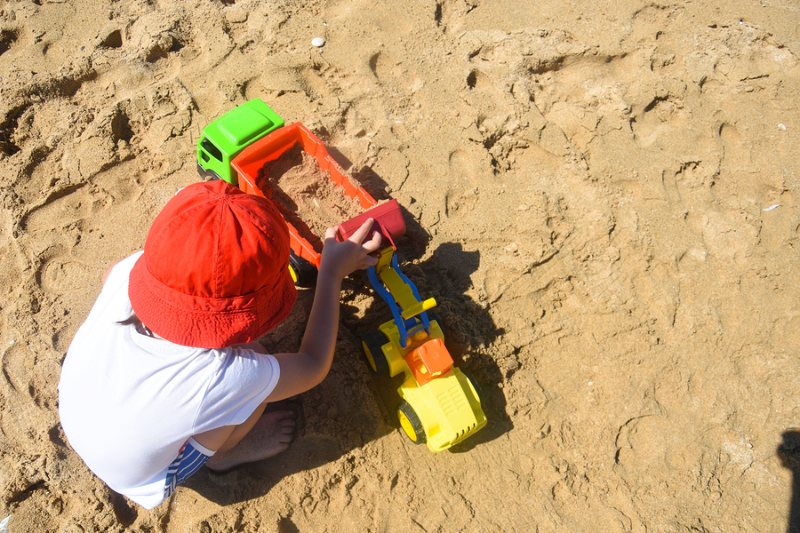
3. Science Concepts
The sandpit is one big box of scientific discovery for children.
Not only are they digging and excavating to find things that are buried, but they are also discovering the various layers and how the sand changes as they dig deeper – just like the earth.
The sand at the top is warm and dry, whereas it gets compact, colder and moister as you go down towards the bottom. They discover the properties of sand and water through exploration.
Children also explore different materials, both natural and man-made, and learn how things work and how they impact one another.
4. Fine Motor Development
Fine motor development refers to the small muscles of the body, especially the finger muscles. When they are well developed, children will be able to control a pen or pencil and write when they start formal schooling.
In the sandpit, children are able to work on their finger muscle strength and control, especially when digging sand with their fingers, shaping sand and mud into shapes and putting fine details into their creations – e.g. placing small twigs (candles) in their mud "birthday cake."
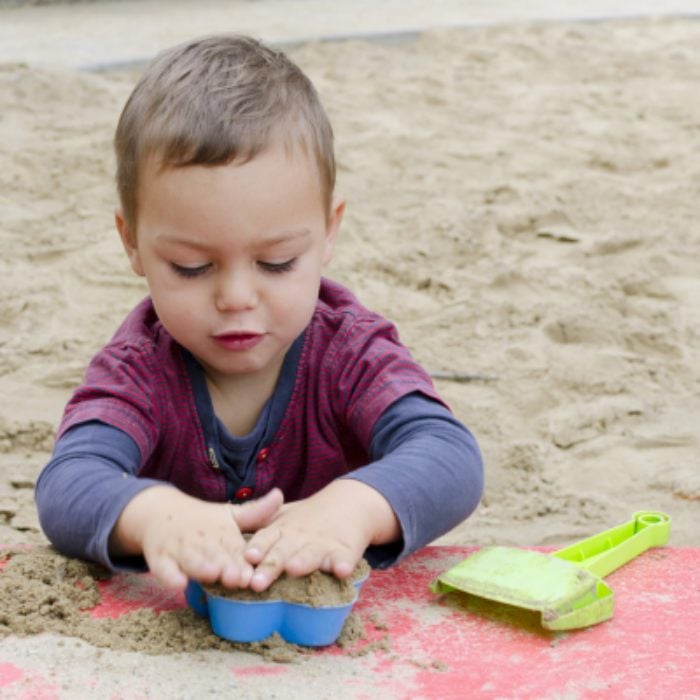
5. Eye-hand coordination
Eye-hand coordination is very important when playing sports, writing and doing many activities.
When children play with toys in the sand, they develop this skill as they need their hands and eyes to work together to be able to create and build.
A simple task such as shovelling sand into a bucket with a small spade requires much concentration and coordination.
The early years are the time when hand-eye coordination should be formed, making activities such as playing a ball game or cutting out a detailed picture easier during primary school.
6. Gross Motor Development
Just as the small muscles get stimulated during sand play, the large muscles do as well.
While playing in a sandpit, children make movements such as digging, scooping, pouring, pushing and lifting.
These gross motor movements work the large muscles and strengthen the child's body. They develop an awareness of their body in the sandpit and how they can use their body to accomplish tasks.
7. Language and Vocabulary
The sandpit is the perfect place for a child to further develop their vocabulary. It is also a good opportunity for a parent or teacher to verbalize what the child is doing, thereby teaching new vocabulary.
While children are exploring and discovering, they learn new concepts (many of which are mathematical) such as fill up, more, less, another one, empty, full, etc.
They also verbalize what they are doing, such as telling their friend about the ramp they are building for their cars to drive up.
8. Problem Solving
While children play, they are constantly solving problems. These real-life problems that need solutions form the basis for all kinds of problem-solving throughout school, including solving mathematical word problems.
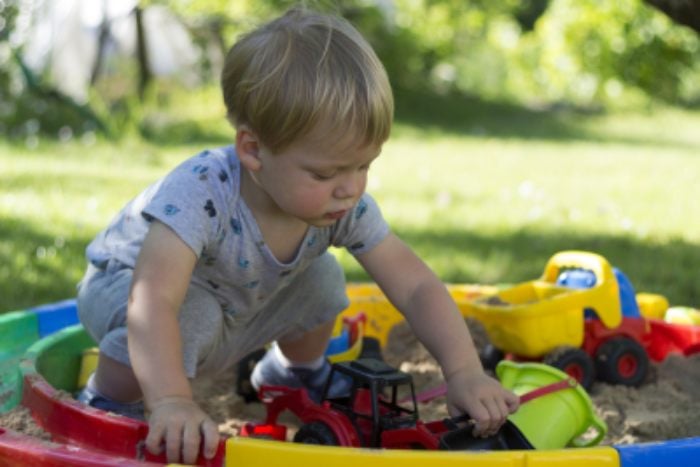
Children need to understand that there are factors at play and that a solution must be thought up in order to reach the desired outcome.
When a child's mud cake crumbles when it gets turned out of the cup, he needs to rethink the sand and water proportions. Or when a child is finding a way to build a ramp for the trucks to pass along, she may need to use more utensils as a base to hold it up.
At this stage, children are not seeing problems the way adults do. Rather, they are seeing challenges and doing everything possible to remove them and succeed.
9. Creativity
Sand play is creative play. Have you ever seen a 4-year old sit in a sandpit and create nothing?
From a completely blank canvas of sand and some toys, children are constantly creating new structures, objects, ways of transporting and moving sand, and new things to do with the substance.
Their minds are constantly on the go thinking of new fun ways to create.
Children are creators by nature. Whatever you give them – sand, water, paper, playdough, anything – they will create something out of it.
The sand also provides an opportunity to create freely, without an adult asking for a specific outcome, as they might with a guided art activity. This means every creation gives the child a feeling of success and accomplishment.
10. Social Skills
The sandpit is a place of much collaboration and discussion, especially at school. It is the perfect place for building social skills. Children have to manage sharing tools and spaces, and they often choose to build and play together.
This requires a lot of talking and negotiating.
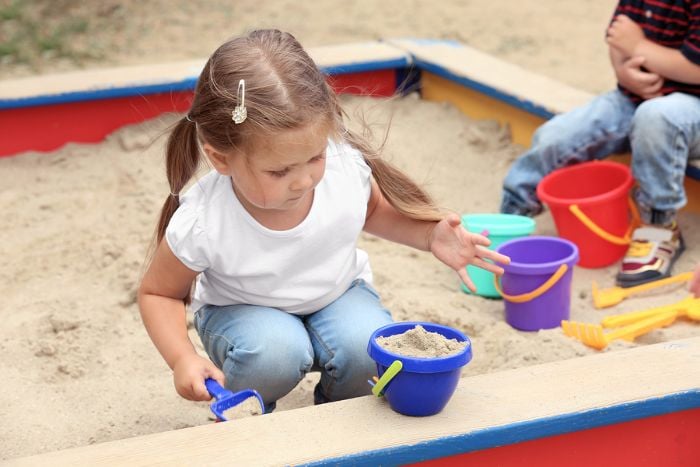
There will be disagreements about what they are building, who is building what and how they are going to do it.
They will need to learn quickly how to manage their conflicts to avoid the inevitable ball of sand being thrown at them at some point!
There will also be friendly discussions as they exchange banter while they play.
So, if your child comes home filthy from the sandpit every day, rest assured this is one of the best activities to be engaged in!
I hope you've enjoyed reading about the benefits of sand play.
Get instant access to FREE educational printables here. You'll receive puzzles, sequencing cards, 'find my mom' cards, memory games, lotto games and a pack of short stories.
Would you like a year of done-for-you, ten-minute activities to teach your 3-5-year-old through play? Get your copy of the Learning Through Play Activity Pack for only $27.
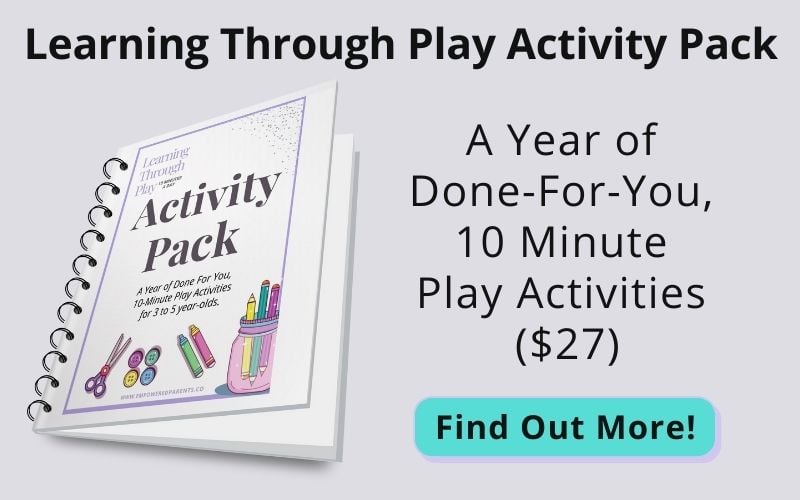
Source: https://empoweredparents.co/10-things-your-child-is-learning-in-the-sandpit/
